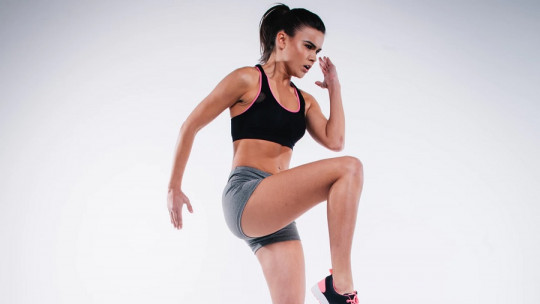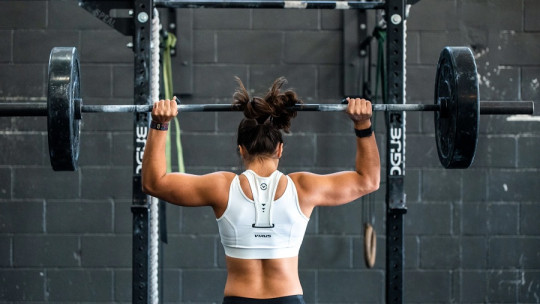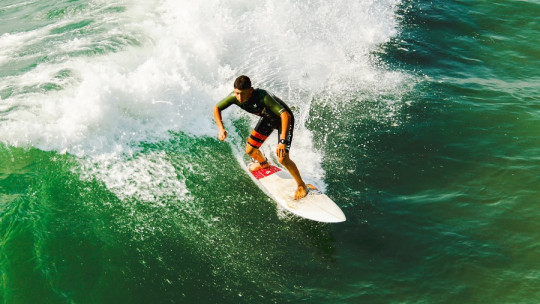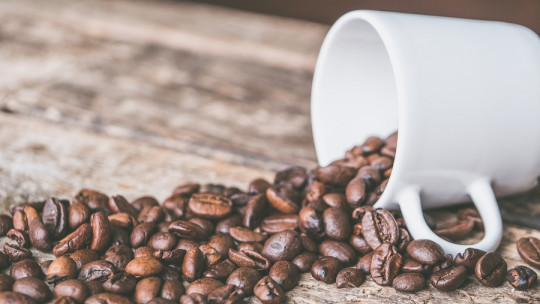Warming up is one of the most important phases of exercising. Thanks to it, our muscles and our circulatory system are prepared to assume a greater energy expenditure than usual, thanks to the mediation of the endocrine system and its hormonal regulation.
However, it must be taken into account that There are several types of sports warm-up depending on the type of physical activity that we are going to use when doing sports. In this article we will see a summary of these categories and their characteristics.
What is warming up before playing sports?
The general concept of sports warm-up refers to a series of exercises that aim to work several muscle groups in the body at the same time, so that the body prepares for the demands of sport and enter a state of activation in which it is possible to exert physical effort.
Basically, it is about making the body give its best and that the investment of efforts leads to optimal performance minimizing the risk of injuries and achieving better goals.
To do this, the temperature of the muscles is raised and the heart rate is accelerated, processes that allow for a rapid and efficient release of force.
The main types of sports warm-up
Let’s now see what are the types of warm-up before exercising, and what are their functions.
1. General warm-up
The main function of the general warm-up is to prepare as many muscles as possible for the activity to come, without focusing on a specific muscle group It is used so that the entire body enters, globally, a phase of activation and optimization of calorie burning.
To do this type of warm-up, movements are performed that do not involve exerting much force. That is, exercises that activate muscles spread throughout the body and of medium or moderate intensity For example, walking on the elliptical or running without sprinting.
2. Specific warm-up
In the segmented, or specific, warm-up, we work with the muscles and joints that are directly involved in the type of exercise we are going to perform.
Normally, this type of warm-up consists of performing the exercise that we will do later, practicing it at low or very low intensity. For example, if we are going to perform bench press, the segmented warm-up will be to lift the bar adding discs that weigh very little, so we can do many repetitions
While the general warm-up is done once and is valid for the entire session, it is possible (and advisable) to perform several segmented warm-up phases in each session, one every time you change activity or muscle groups to work.
3. Dynamic warm-up
If the previous types of warm-up are differentiated especially by placing emphasis on the parts of the body they involve, in this case the main characteristic is the nature of the activity to be performed.
Dynamic heating is distinguished by putting into practice very varied biological processes: strength, flexibility, proprioception and balance, breathing control sharpening of reflexes, etc.
Thus, it appeals to both physical and psychological properties to make us enter the physical and mental state that will prepare us to function in an adequate way when we actually start doing the sport or exercise for which we train.
For example, quickly doing a series of exercises without pausing through a circuit, albeit at medium intensity, falls into this category.
4. Preventive warming
It is the implementation of specific instructions indicated by a professional who has given guidelines to prevent a specific type of injury or worsening of an injury that already exists.
By its very nature, it is low intensity, although its nature can vary greatly depending on the case and the possible risk faced by those who practice sports.









